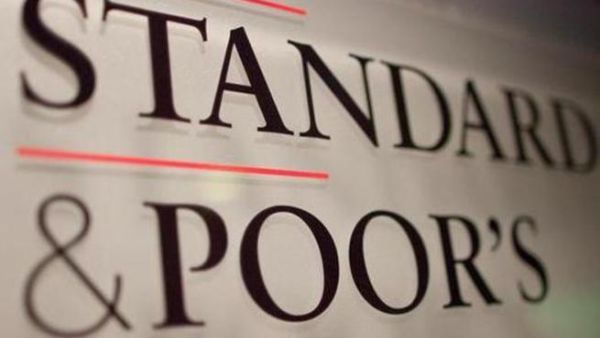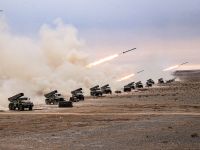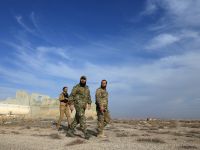Standard & Poor's Ratings Services has revised the outlook on the long-term sovereign credit ratings on the Kingdom of Saudi Arabia to positive, from stable.
“At the same time, we affirmed the long- and short-term foreign and local currency sovereign credit ratings at 'AA-/A-1+',” said S&P in a media statement. The transfer & convertibility (T&C) assessment for Saudi Arabia is unchanged at 'AA+'.
“The outlook revision reflects our opinion that we could upgrade Saudi Arabia during the next 24 months if economic growth remains strong. In our view, continued growth would help to reduce the country's social challenges, including unemployment, and enhance productivity and competitiveness.
“Growth fundamentals have strengthened in Saudi Arabia. A long track record of high and steady non-oil growth, averaging 8.0 per cent during 2005-2012, has contributed to overall average real GDP growth of 6.5 per cent. In our opinion, the improved growth prospects for the non-oil economy will bolster the economy's resilience to exogenous shocks such as a decline in oil prices.
“The ratings are supported by Saudi Arabia's very strong external and fiscal positions, which have built up over several years. By managing high oil revenues prudently, the government has virtually eliminated its general government debt, generating additional fiscal space for countercyclical policies. Foreign currency assets under the Saudi Arabian Monetary Agency's management exceeded 90 per cent of 2012 GDP at end-March 2013. We also note that Saudi Arabia continues to make progress in transparency and data frequency and availability.
“The ratings are constrained by our view that Saudi Arabia's political institutions are at early stages of development compared with most sovereigns in the ‘AA’ category. Given the Saudi riyal's peg to the US dollar, we view monetary policy flexibility as limited, which also constrains the ratings.
“We estimate real per capita growth in 2013 to reach 1.6 per cent, down from our estimate of 3.8 per cent growth for 2012. The slowdown is mainly due to an expected decrease in Saudi oil production in line with softening demand for oil globally and additional supplies from other sources coming on-stream.
“The improved growth fundamentals for the non-oil economy also reflect the government's fiscal policy flexibility. It has been able to stimulate the non-oil economy with public spending, which has helped boost private-sector activity. Much of the spending has been channeled toward physical and social infrastructure in support of the country's economic diversification agenda.
“We believe the government will continue to register strong fiscal and current account surpluses, which we estimate at 11 per cent and 20 per cent, respectively, this year. We base this on our assumption of a broadly unchanged average oil price in 2013. We also expect government extra-budgetary spending to narrow this year compared with levels seen during 2011-2012.
The government has also been actively addressing structural issues, including the availability of housing and housing finance, as well as tackling labor market imbalances. In 2011, the government introduced a revised nationalisation programme, "Nitaqat", to raise the employment of Saudis in the private sector and to raise the labor participation rate of Saudi women. It also intervened to raise the cost of foreign labor. While these measures may create short-term distortions in the market, we believe that raising foreign labor costs may help raise productivity over the longer term.
“Notwithstanding isolated episodes of unrest in the eastern province of Saudi Arabia, we expect the domestic political environment to remain broadly stable. We expect Saudi leadership to continue on the path of gradual and cautious reform while also delicately balancing the different religious and cultural views in the country.
“Geopolitical risks in the region remain elevated, particularly in view of increasing sectarian strife, including from the conflict in Syria. We believe that Saudi Arabia's leadership will remain primarily focused on maintaining domestic stability and insulating the kingdom from external developments. At the same time, we expect that Saudi Arabia will continue to play a role in limiting Iran's influence in the region and hence will be indirectly involved in regional developments. These risks, however, may be partly mitigated by Saudi Arabia's strong regional and international alliances.
“The positive outlook reflects our opinion that we could upgrade Saudi Arabia over the next 24 months if economic growth remains strong, supporting further increases in per-capita GDP and helping to reduce social challenges, including unemployment, and enhancing productivity and competitiveness.
“The ratings will likely remain at their current levels if, in our view, Saudi Arabia's growth trajectory falters, or if there are policy slippages that could derail the accumulation of foreign reserves.”








